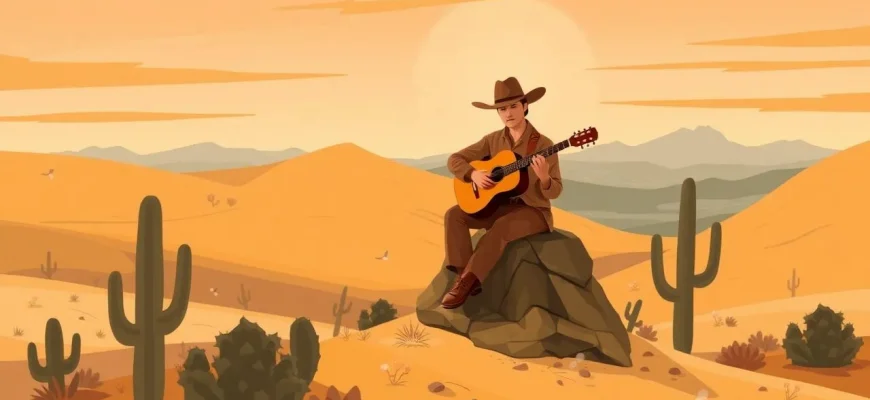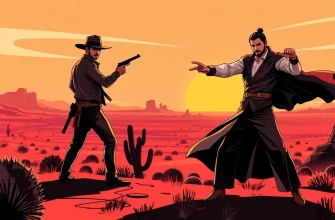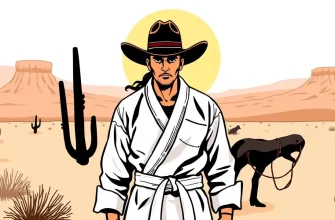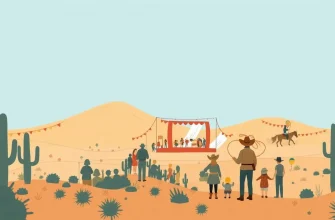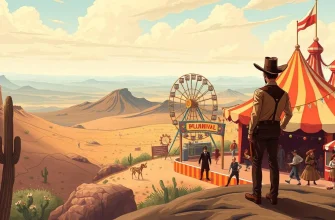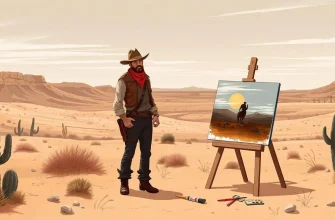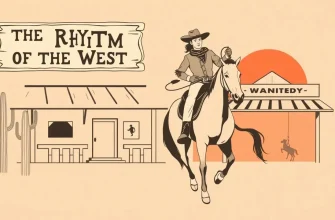The Wild West, with its rugged landscapes and tales of adventure, has always been a fertile ground for cinematic storytelling. But what happens when you add the universal language of music to this mix? This collection of 10 films showcases the unique blend of western themes with musical elements, offering viewers a harmonious journey through the American frontier. From classic tales of love and revenge to the exploration of cultural identity, these films provide a rich tapestry of stories where the guitar strums as loudly as the gunshots.
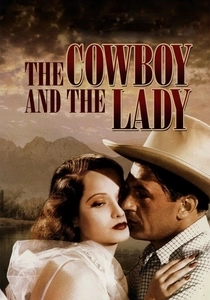
The Cowboy and the Lady (1938)
Description: Although not a musical per se, this film features Gary Cooper as a singing cowboy who falls in love with a wealthy woman, blending romance with western themes and a few musical numbers.
Fact: The film was remade in 1947 as "The Cowboy and the Senorita" with Roy Rogers and Dale Evans.
 Watch Now
Watch Now 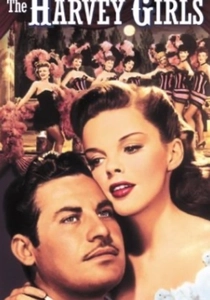
The Harvey Girls (1946)
Description: Set in the late 19th century, this film follows a group of women who work at a Harvey House restaurant along the Santa Fe Railroad, bringing civilization to the Wild West through song and dance.
Fact: The film was inspired by the real-life Harvey Girls, who were known for their role in taming the West through their service and hospitality.
 Watch Now
Watch Now 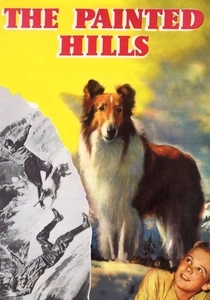
The Painted Hills (1951)
Description: This film, while primarily a western, includes musical elements with its story of a dog named Shep who helps his owner find gold, set against the backdrop of the Sierra Nevada mountains.
Fact: The film was Lassie's last feature film before moving to television.
 Watch Now
Watch Now 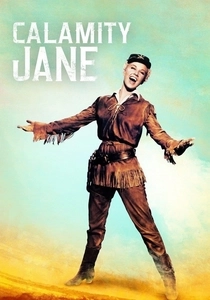
Calamity Jane (1953)
Description: This film musicalizes the life of the legendary Wild West figure, Calamity Jane, showcasing her adventures, her love for Wild Bill Hickok, and her singing talent.
Fact: Doris Day's performance of "Secret Love" in this film won the Academy Award for Best Original Song.
 Watch Now
Watch Now 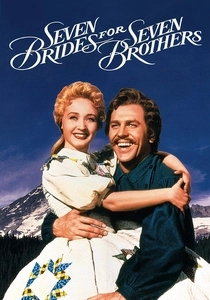
Seven Brides for Seven Brothers (1954)
Description: While not strictly a western, this film captures the pioneer spirit with its setting in Oregon Territory, where a group of brothers attempt to find love through song and dance, leading to comedic and romantic entanglements.
Fact: The film was nominated for five Academy Awards, including Best Picture, and won for Best Scoring of a Musical Picture.
 Watch Now
Watch Now 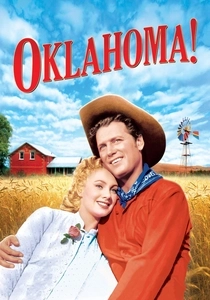
Oklahoma! (1955)
Description: Although not a traditional western, "Oklahoma!" captures the spirit of the West with its story set in the early days of the Oklahoma Territory, where cowboys and farmers clash, and love stories unfold through song.
Fact: The film was adapted from the Broadway musical, which itself was based on the play "Green Grow the Lilacs."
 Watch Now
Watch Now 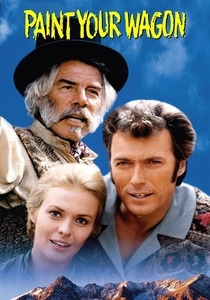
Paint Your Wagon (1969)
Description: This musical western, set during the California Gold Rush, features a love triangle, gold mining, and a community built around song and dance. It's a rare blend where the music not only entertains but also drives the plot forward.
Fact: The film was originally planned as a non-musical drama, but the studio decided to turn it into a musical to capitalize on the success of other musical films at the time.
 Watch Now
Watch Now 
The Ballad of Cable Hogue (1970)
Description: This film tells the story of Cable Hogue, a prospector who finds water in the desert, leading to a series of musical interludes that reflect his changing fortunes and relationships.
Fact: The film features a memorable song, "Tomorrow Is the Song I Sing," which encapsulates the hopeful spirit of the protagonist.
 Watch Now
Watch Now 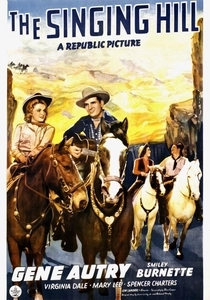
The Singing Hill (1941)
Description: Gene Autry stars as a cowboy who must save his ranch and find love, all while singing his way through the challenges of the West.
Fact: Gene Autry, known as "The Singing Cowboy," was one of the first major stars to transition from radio to film, bringing his musical talents to the screen.
 Watch Now
Watch Now 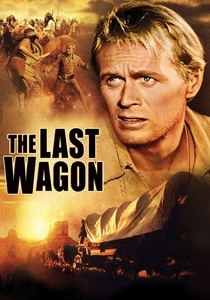
The Last Wagon (1956)
Description: Although not a musical, this western includes a scene where the characters sing around a campfire, highlighting the importance of music in the lives of pioneers.
Fact: The film was shot in CinemaScope, enhancing the visual grandeur of the western landscape.
 30 Days Free
30 Days Free 
